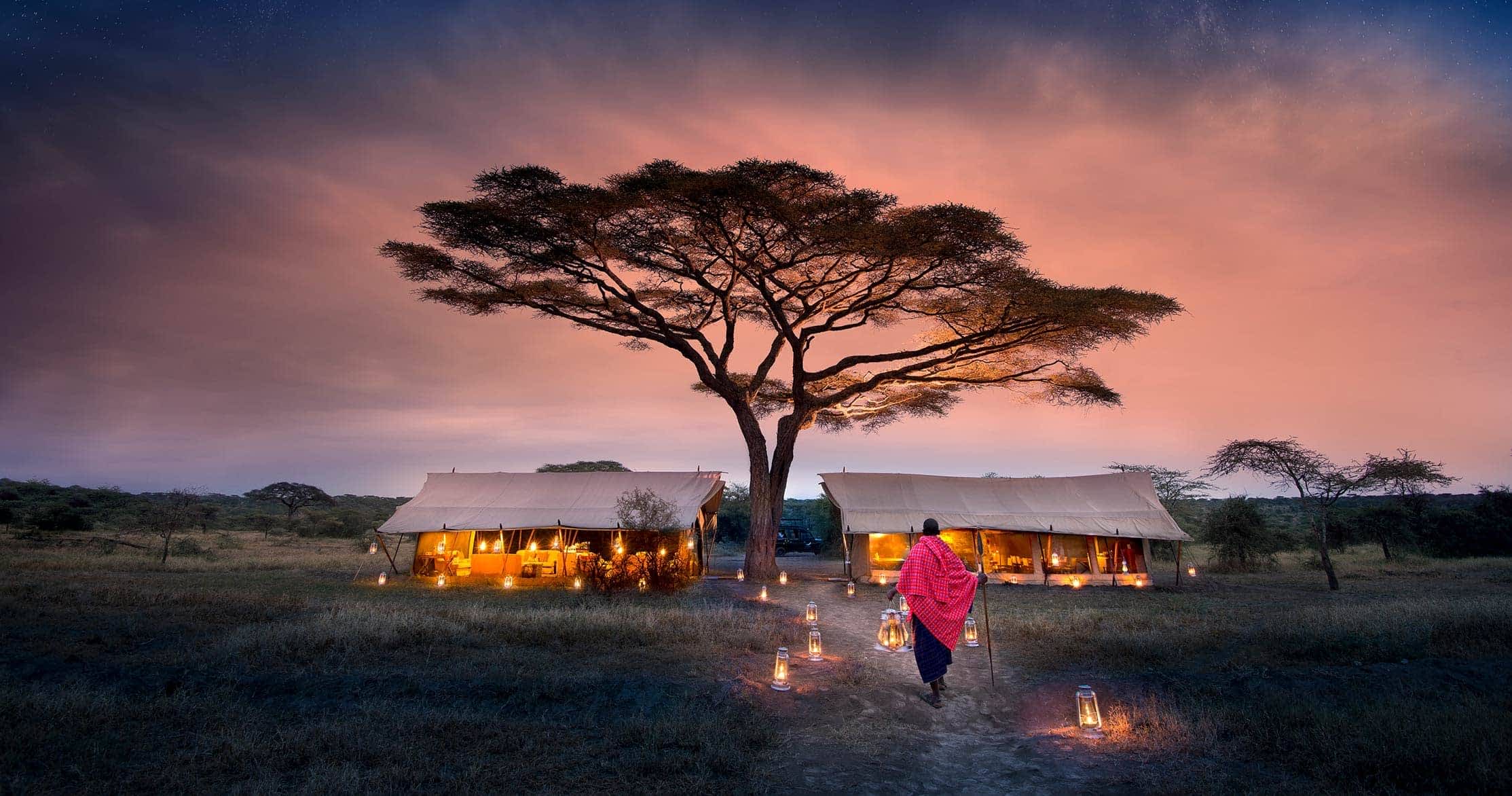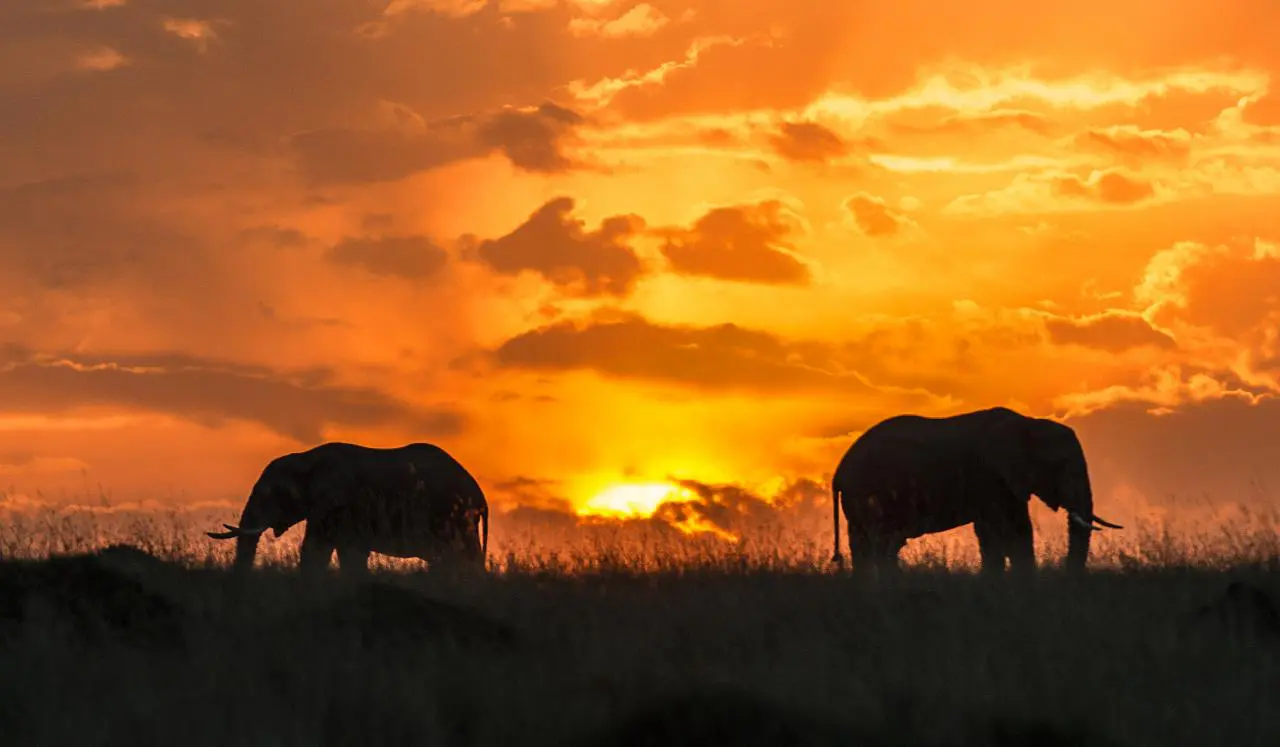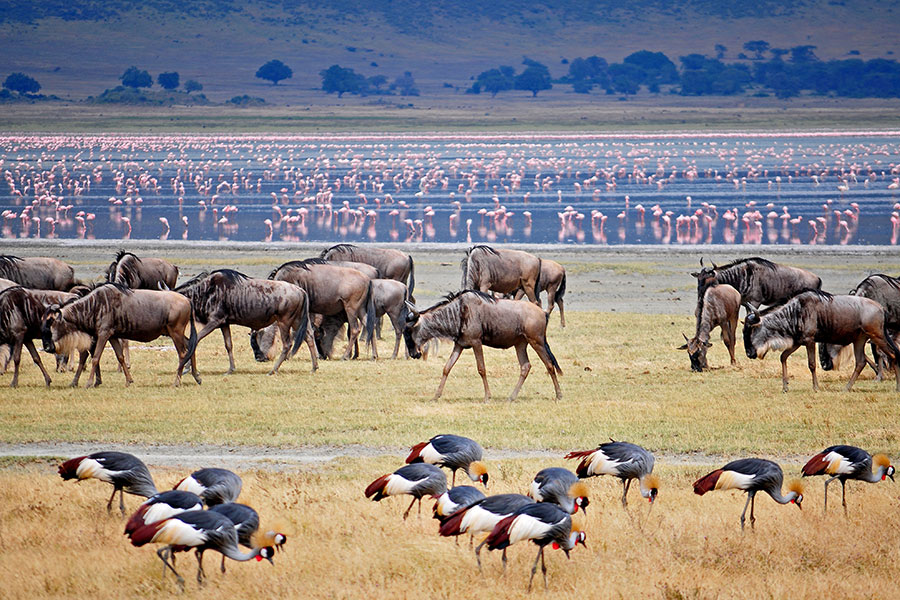- 1
- 1
- 1
- 2
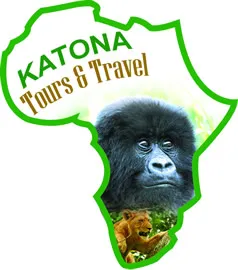
Serengeti National Park
Serengeti National Park is renowned for its spectacular wildlife, particularly the Great Migration of over a million wildebeests, zebras, and gazelles, and its large populations of predators like lions and cheetahs. The park is also known for its vast, open plains and diverse landscape, making it a prime destination for wildlife viewing and safaris.
The greatest wildlife destination on earth
The magic of Serengeti National Park is not easy to describe in words. Hearing the buzz of millions of wildebeest so thick in the air that it vibrates through your entire body is something you will try to describe to friends and family before realizing it’s impossible. Vistas of honey-lit plains at sunset are so beautiful, it’s worth the trip just to witness this.
The genuine smiles of the Maasai people give you an immediate warming glow inside. Or just the feeling of constantly being amongst thousands of animals—it doesn’t matter what season of the migration you visit the Serengeti National Park; it’s magical all year round.
A Serengeti safari tour offers an authentic and immersive experience that allows you to get up close and personal with Africa’s Big 5—lions, leopards, elephants, buffaloes, and rhinos—among other various wildlife species.
Here’s a more detailed look at what makes Serengeti famous:
The Great Migration:
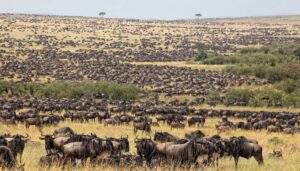
This is arguably the park’s most famous feature. Millions of wildebeest, along with hundreds of thousands of zebras and gazelles, migrate annually in a circular route across the Serengeti and into the Masai Mara in Kenya.
Abundant Wildlife:
Serengeti boasts a wide array of wildlife, including the “Big Five” (lion, elephant, buffalo, leopard, and rhinoceros). It’s also home to cheetahs, giraffes, and numerous other species.
Vast Ecosystem:
The park is known for its expansive, open plains and diverse landscapes, offering incredible opportunities for game viewing.
Oldest Ecosystem:
Some consider the Serengeti to have one of the oldest ecosystems on Earth, with its flora and fauna remaining relatively stable over long periods.
World Heritage Site:
The Serengeti is recognized as a World Heritage Site, highlighting its global significance for biodiversity and conservation.
Exceptional Predator Populations:
The park is famous for its large populations of lions, cheetahs, and other predators, making it a prime location for observing the dynamics of a predator-prey ecosystem.
Things to do in Serengeti National Park
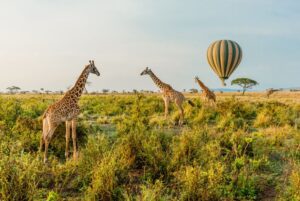 In the Serengeti, popular activities include game drives to spot the Big Five and witness the Great Migration, hot air balloon safaris for a unique aerial perspective, and visits to the Olduvai Gorge, a site of significant archaeological discoveries. You can also explore the Grumeti River, enjoy bush meals, and learn about Maasai culture.
In the Serengeti, popular activities include game drives to spot the Big Five and witness the Great Migration, hot air balloon safaris for a unique aerial perspective, and visits to the Olduvai Gorge, a site of significant archaeological discoveries. You can also explore the Grumeti River, enjoy bush meals, and learn about Maasai culture.
Best time to visit Serengeti National Park, Tanzania.
The best time to visit Serengeti National Park depends on what you want to experience. Generally, late June to October (dry season) is considered the best for wildlife viewing, particularly the Great Migration river crossings, while January and February (calving season) offer a unique perspective.
Here’s a more detailed breakdown:
Dry Season (June to October):
This is the peak season, with excellent wildlife viewing opportunities. The sparse vegetation makes it easier to spot animals congregating around water sources, and the famous Great Migration river crossings typically occur during this period.
Calving Season (January and February):
If you’re interested in witnessing the wildebeest calving season, when thousands of calves are born, then January and February are the ideal months.
Shoulder Seasons (November to May):
While the dry season offers the best game viewing, the green season (November to May) has its own charm with fewer crowds and lush scenery.
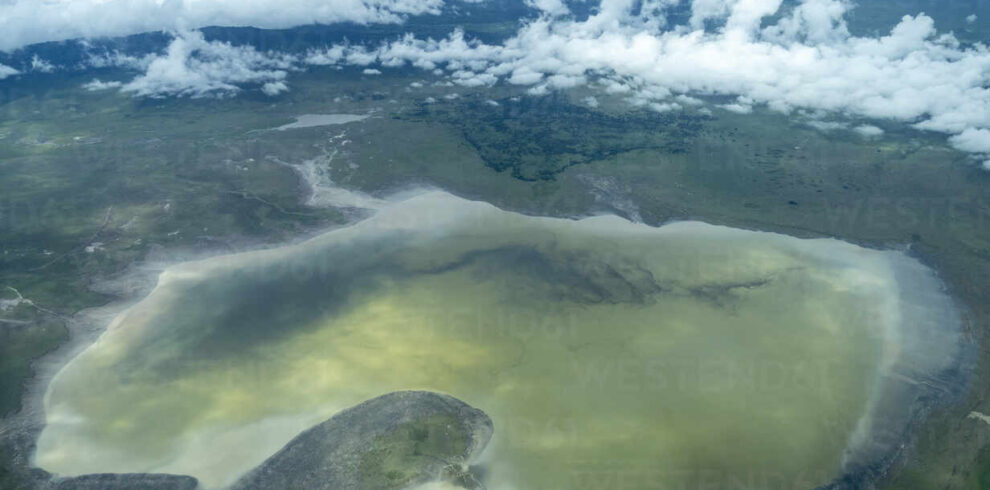
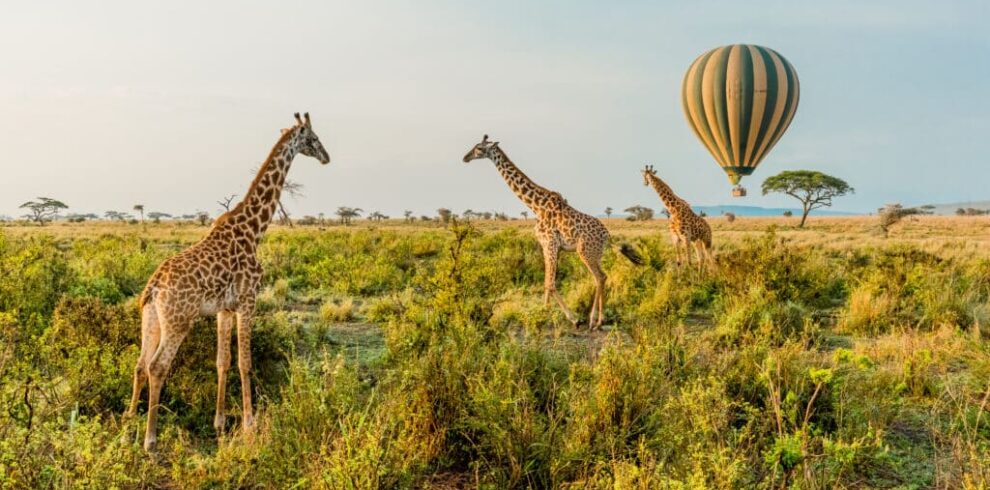
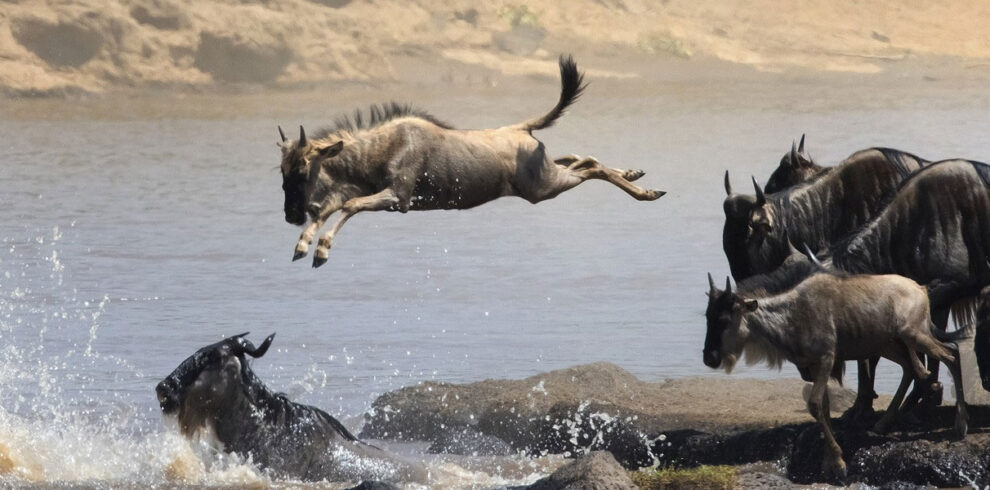

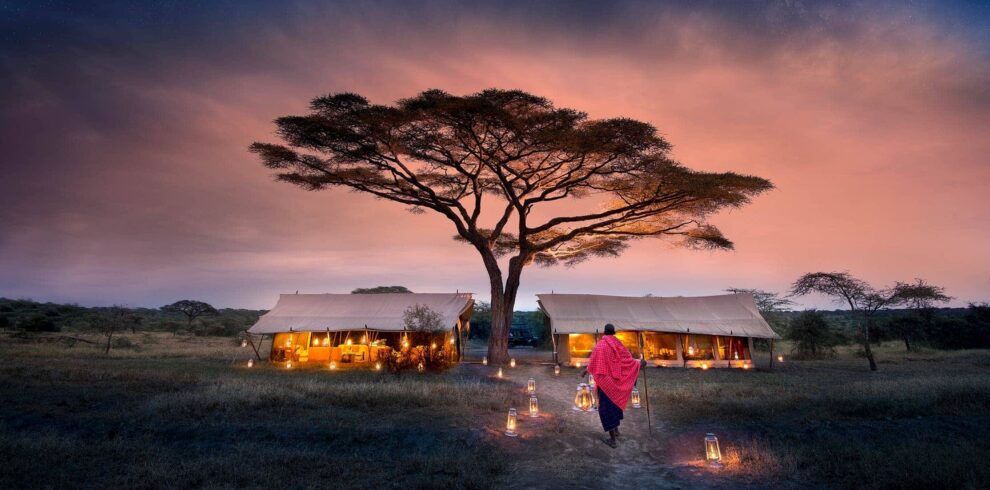
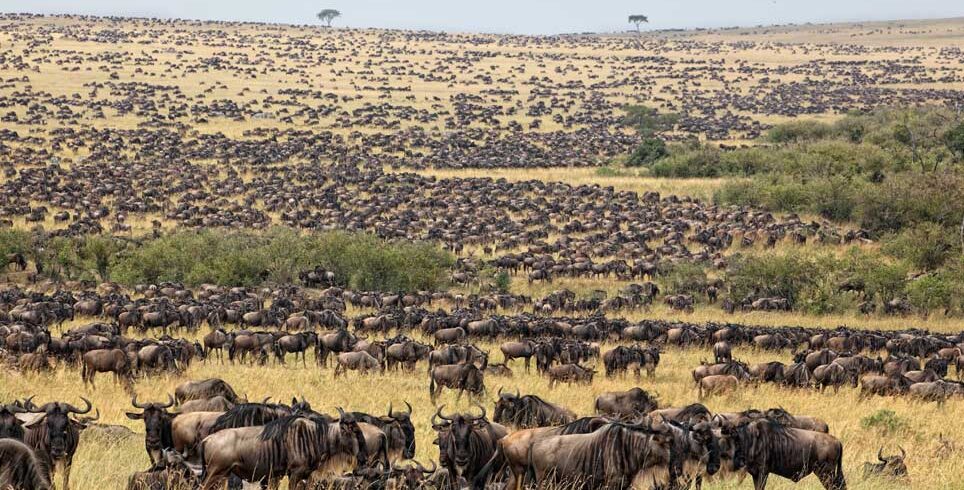
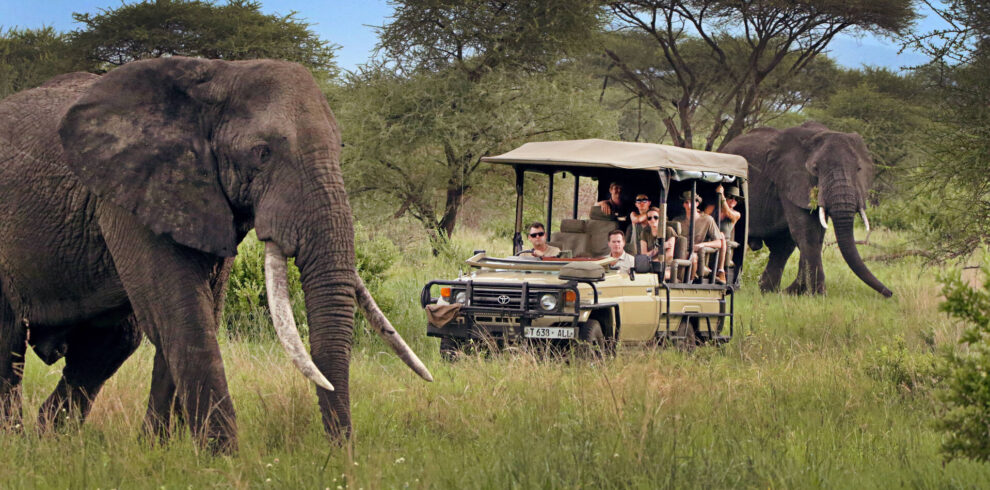
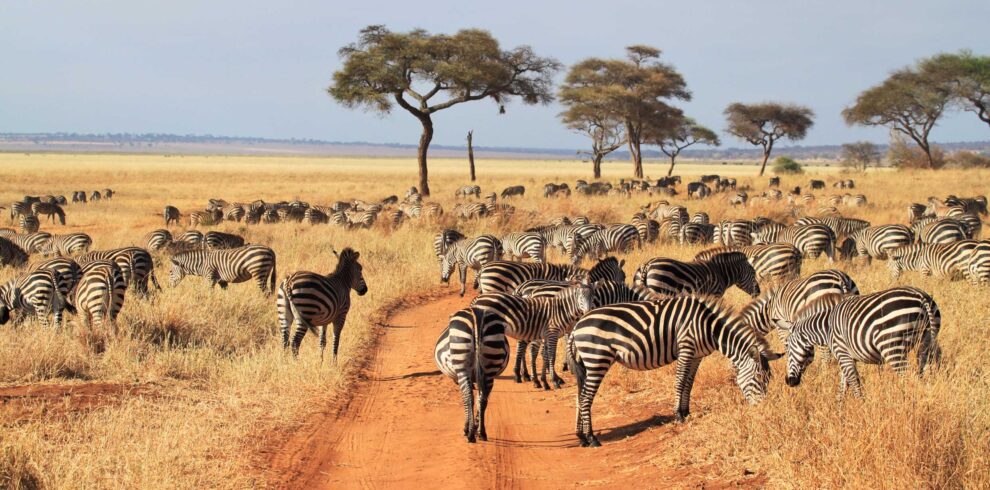
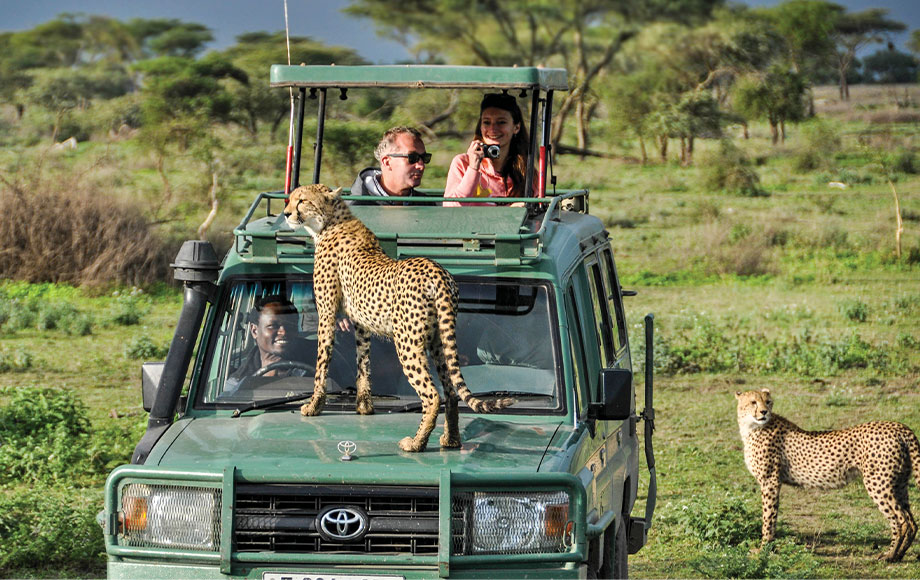
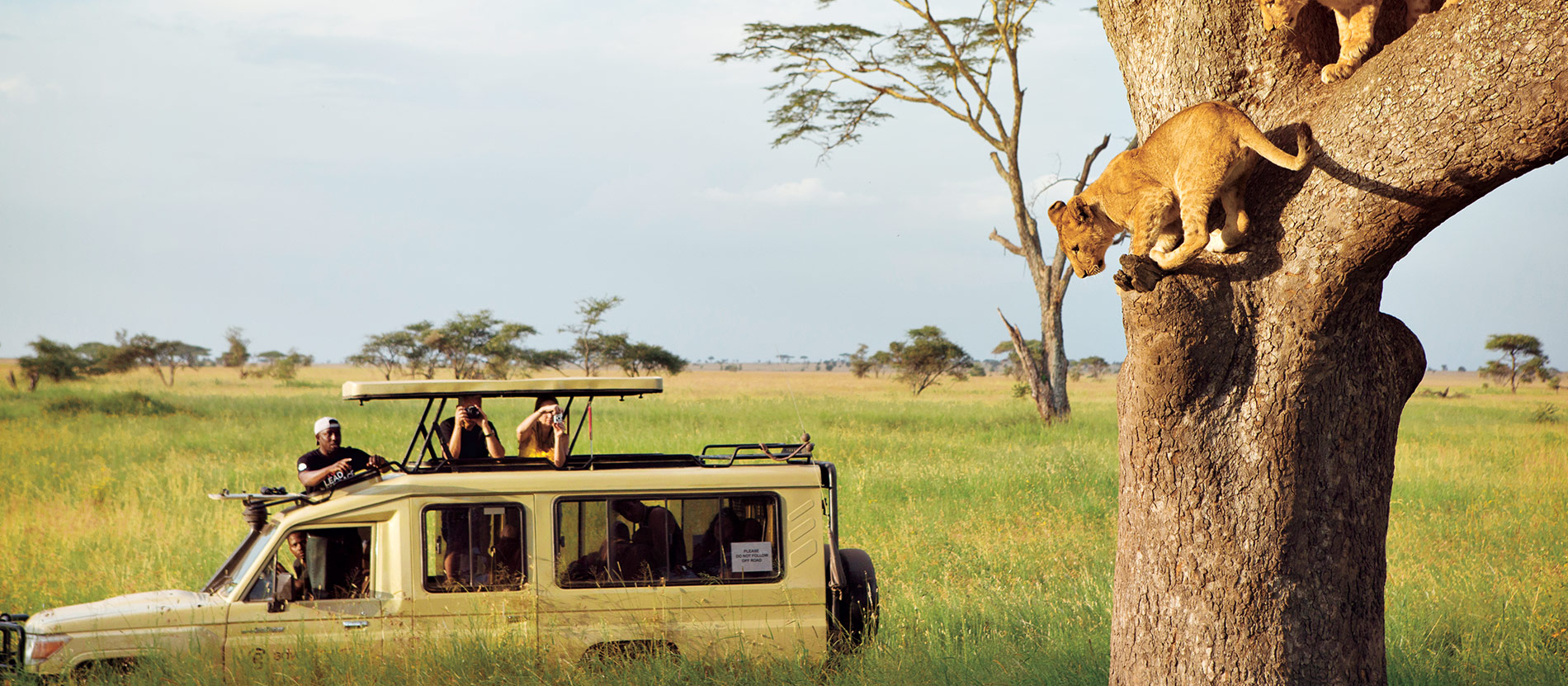

 Contact Us
Contact Us 
